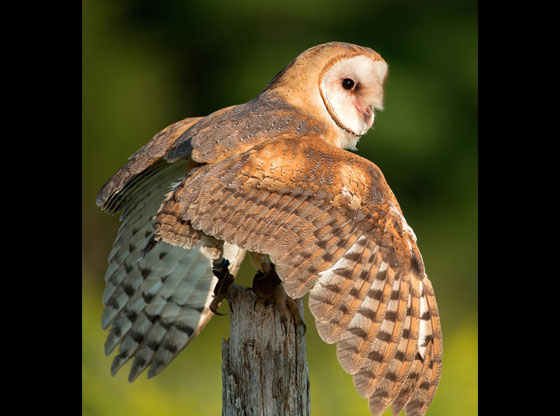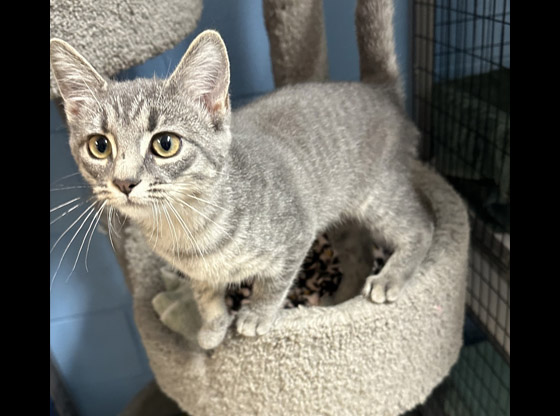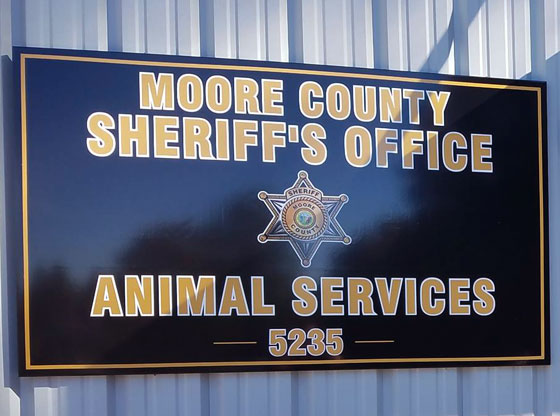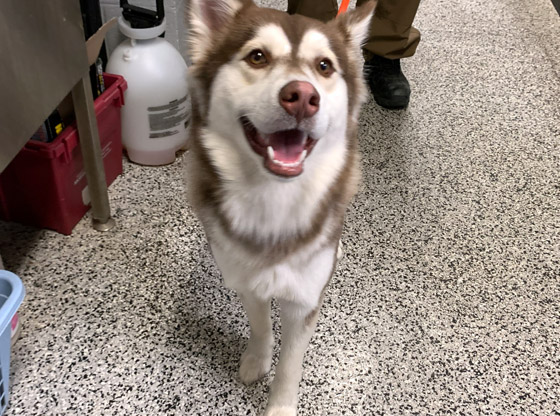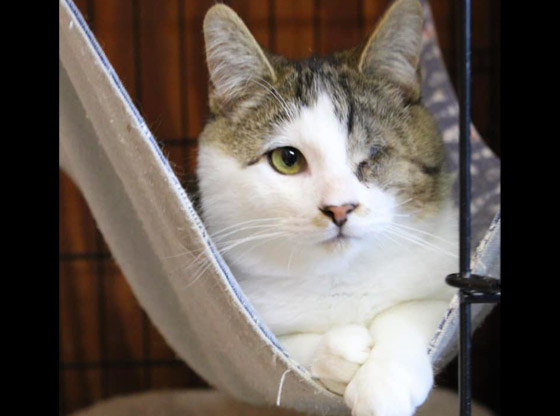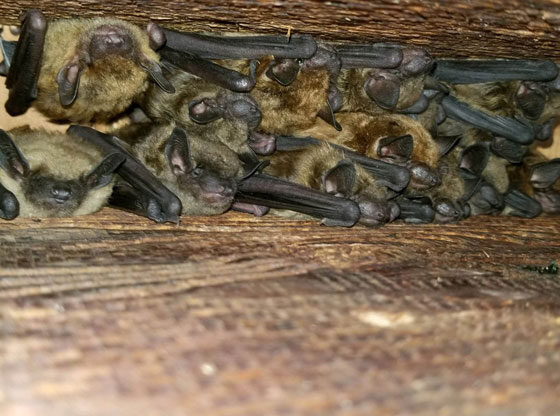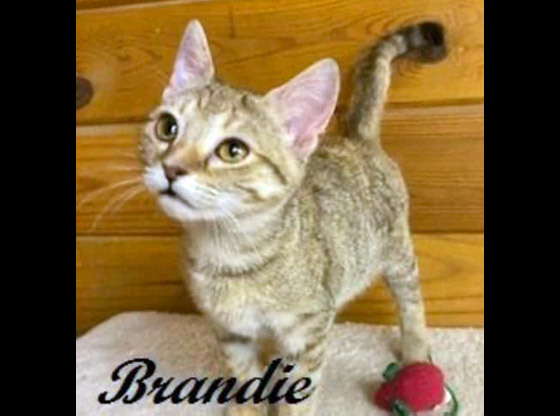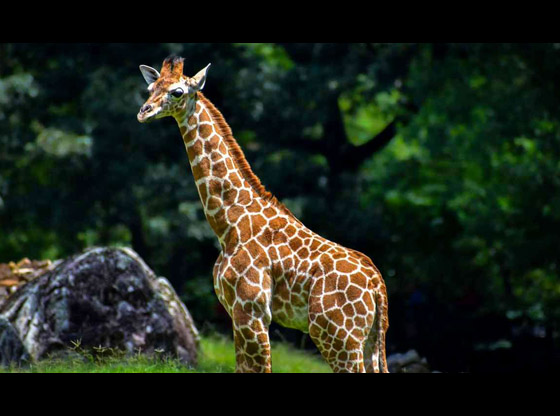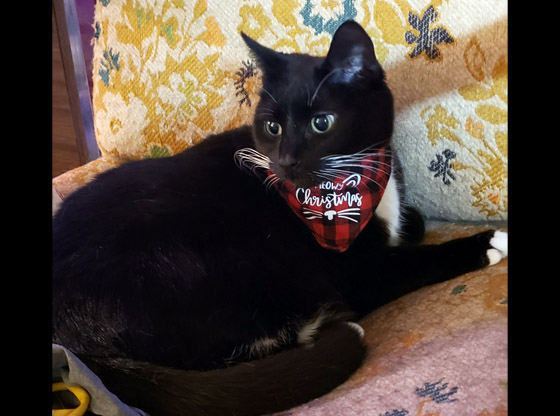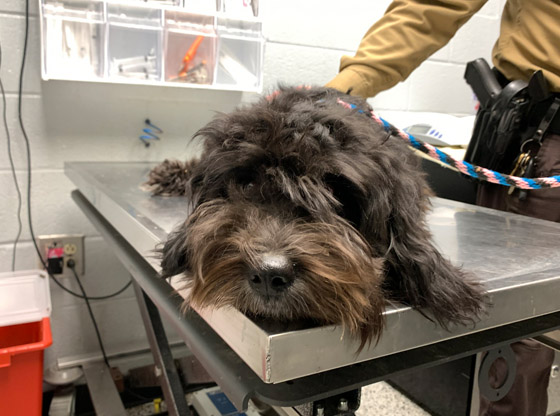The N.C. Wildlife Resources Commission is asking the public to report any sightings of barn owls to the agency.
Commission biologists are seeking barn owl observations to help them learn more about habitat needs and population distribution of barn owls in the Tar Heel state. Property owners who have barn owls can help further biologists’ knowledge by allowing them to place nest boxes on their properties, free of charge. Currently, Commission staff has placed four boxes on private property in Anson and Randolph counties and Medford would like to expand the number of sites with nest boxes to at least 15 next summer.
Because barn owls are nocturnal and secretive, nest boxes will help biologists learn more about where and when barn owls nest in North Carolina, as well as where they prefer to hunt.
“Our guess is that suitable hunting and nesting habitat is shifting based on changing farming practices and urbanization,” said Allison Medford, a wildlife diversity biologist with the Commission, who is spearheading the effort. “We’ll want to first visit the property to see what evidence of owls we can find and then put up a nest box either in a building or on an outdoor pole, depending on where we think the owls are already living. It can take a while for barn owls to use the box, so we’ll monitor it annually.”
Barn owls are listed as a Species of Greatest Conservation Need in the agency’s Wildlife Action Plan, a comprehensive planning tool developed by the Commission to help conserve and enhance the state’s fish and wildlife species and their habitats. They are difficult to survey using traditional methods, such as point counts and daytime monitoring.
“Special surveys, such as nocturnal surveys and nest box monitoring, are the most effective way we can learn about barn owl distribution and abundance in the state,” Medford said.
New Hope Audubon, a chapter of the National Audubon Society serving Chatham, Durham and Orange counties, began the Piedmont Barn Owl Initiative in 2012, installing barn owl nest boxes in areas with appropriate habitat. The Commission took oversight of the project in 2017 to broaden the monitoring effort across the Piedmont and focus on putting boxes where the birds are.
“The agency has been doing this type of work in the mountains for years, but there is not as much open, foraging habitat there as in the Piedmont,” Medford said. “This is the first time a large-scale monitoring effort for barn owls has been done in the Piedmont, which is why we are looking for the public’s assistance.”
Medium-sized raptors, barn owls are gray and cinnamon-colored with white bellies. Their most distinctive features are their white, heart-shaped face and dark eyes. Like most owls, they are nocturnal, but they rely on large areas of open lands, such as hay fields, crop lands and pastures, where they hunt rodents and other small mammals.
“Barn owls are excellent natural rodent control for farmers and cattlemen,” Medford said. “A barn owl eats an average of 79 pounds of mice per year, which is roughly 3 ½ mice per day. That’s some considerable free pest management!”
Barn owls nest in hollow trees, rock crevices, or large man-made structures like barns, silos and sometimes hunting box blinds. Unlike most birds, barn owls do not make nests but rather lay their eggs on piles of their own shredded up pellets. They use their nests as roosting sites throughout the year.
To participate, anyone who spots a barn owl and property owners willing to have a next box placed on their property are asked to contact Medford, [email protected] or 910-975-9393.
Photo courtesy of Peter K. Burian/Contributed.


